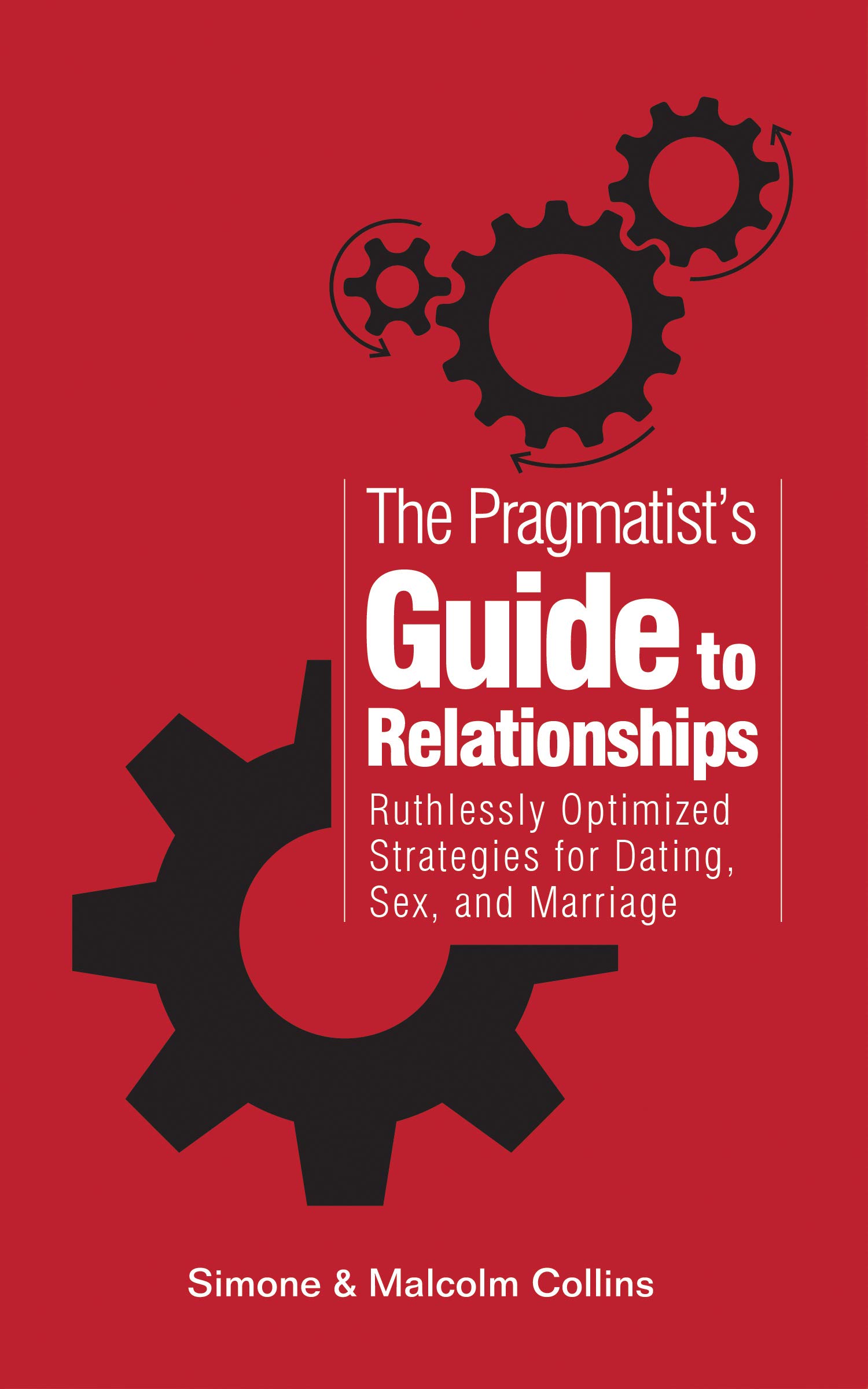
The Pragmatist's Guide to Relationships
Book Description
Unlock the secret blueprint for thriving relationships in a world riddled with disconnection. Through captivating insights and actionable strategies, this guide unravels the complexities of love, friendship, and family, transcending traditional norms and empowering real connection. From navigating heart-wrenching disagreements to fostering lasting bonds, each page propels readers toward a profound understanding of human dynamics. With sharp wit and profound wisdom, Collins challenges you to rethink your approach and redefine what’s possible. What if the key to your best life lies in how you connect with others?
Quick Book Summary
"The Pragmatist's Guide to Relationships" by Malcolm Collins is a thought-provoking examination of how individuals can form strong, fulfilling relationships in a modern world marked by disconnection and shifting norms. Instead of relying on cultural scripts or conventional advice, Collins encourages readers to take a pragmatic, intentional approach to building relationships with partners, friends, and family members. The book explores the psychological, emotional, and philosophical foundations underlying human connection and guides readers toward mastery in communication, conflict resolution, and boundary-setting. With a blend of actionable strategies, candid anecdotes, and critical thinking exercises, it empowers readers to rethink their assumptions, foster healthier bonds, and shape their own relationship destinies. Ultimately, this book serves as a practical roadmap for anyone striving to cultivate authentic, resilient connections that can withstand the complexities of contemporary life.
Summary of Key Ideas
Table of Contents
Understanding Relationship Dynamics Beyond Norms
Modern relationships are often influenced by inherited cultural scripts and outdated traditions, which may no longer serve us in today’s world. Collins starts by examining the historical and social forces that shape our expectations of love, partnership, and family. He challenges readers to critically assess these inherited patterns, urging them to base relationship choices on their own values and goals rather than societal pressure. By stepping away from what is ‘normal,’ individuals can begin to approach relationships with clarity, agency, and deliberate intention.
Intentional Communication and Deep Listening
Collins emphasizes that genuine connection stems from intentional and effective communication. The book presents practical techniques for deep listening, honest self-expression, and empathetic engagement. These include asking clarifying questions, practicing vulnerability, and being attuned to nonverbal cues. Such skills are not merely about avoiding misunderstandings—they actively nurture intimacy and trust. Collins underscores that true understanding requires patience, curiosity, and a willingness to continually invest in refining one’s communication habits.
Constructive Conflict and Resilient Repair
Disagreements are inevitable, but the way they’re handled determines the longevity and health of any relationship. Collins provides step-by-step frameworks for navigating conflict pragmatically—focusing on mutual goals, separating emotions from solutions, and creating rituals for repair. Rather than viewing conflict as destructive, he reframes it as an opportunity to deepen connection through collaborative problem-solving and shared understanding. This proactive stance transforms potential sources of resentment into catalysts for growth.
Crafting Boundaries and Self-Awareness
Another central theme is the importance of setting and respecting boundaries, both internally and externally. Collins guides readers through identifying core values, personal triggers, and relationship deal-breakers. He equips them with strategies to articulate and uphold boundaries without guilt or antagonism—an essential skill for self-preservation and mutual respect. Developing this self-awareness empowers individuals to create relational environments that are both safe and nurturing for all parties involved.
Designing Relationships for Long-Term Fulfillment
Finally, Collins weaves these insights into a holistic process for designing relationships that foster lasting fulfillment. He advocates for explicit agreements, ongoing feedback loops, and regular recalibration of relationship expectations to better align with evolving needs. The book encourages readers to see relationships as dynamic systems—requiring conscious effort, flexible structure, and mutual investment. By embracing pragmatic tools and rethinking old assumptions, individuals can achieve profound, resilient bonds that stand the test of time.
Download This Summary
Get a free PDF of this summary instantly — no email required.





